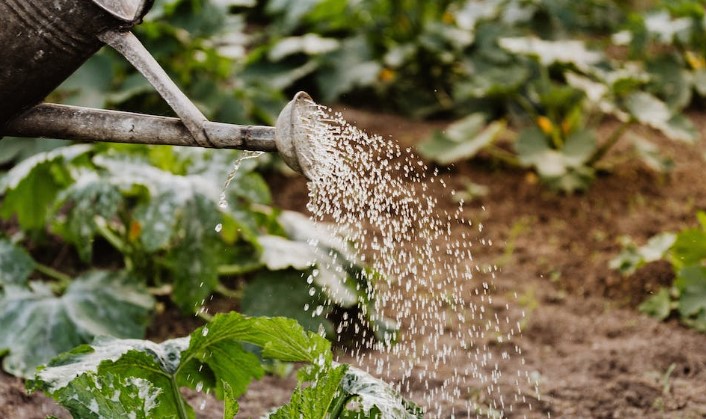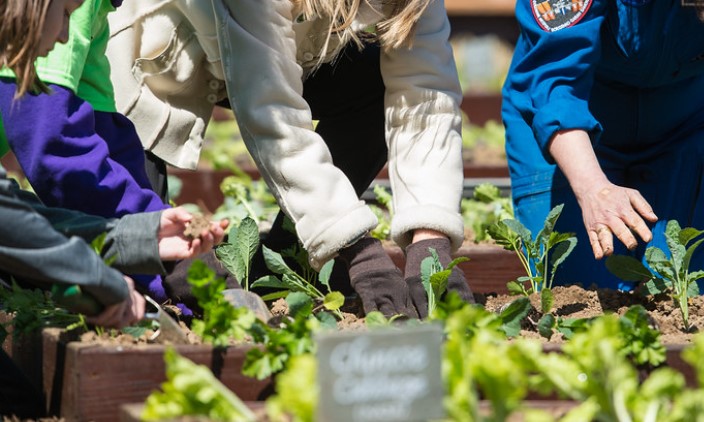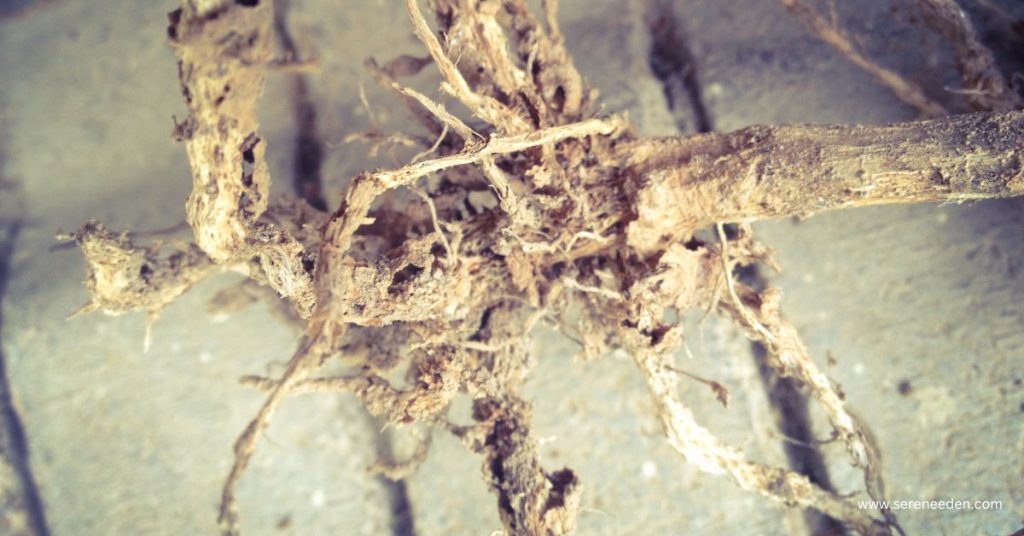How to Identify, Prevent, and Treat Root Rot in Garden Plants
While root rot is common in indoor plants, the disease also affects outdoor plants, including trees and shrubs, adversely affecting their health. As a gardener, knowing how to identify, prevent, and treat it is Important.
Though root rot is difficult to treat, identifying the problem early can help reduce the spread. Some signs of root rot are yellowing of leaves and foul odor from the soil. You can treat this by removing the affected leaves and replanting your plant(s) in new soil.
However, the best treatment is prevention. Keep reading and learn more about the signs, causes, prevention, and treatment of root rot.
What Exactly is Root Rot?
Root rot is a plant disease caused by several fungi, such as Fusarium, Phytophthora, or Rhizoctonia, causing the plant’s root system to decay. The condition is often a result of overwatering or poor drainage, thus creating a conducive environment for these fungi.
What Causes Root Rot in Garden Plants?
Overwatering

The most common cause is overwatering. This causes too much moisture around the soil, creating a favorable environment for various fungi like fusarium and phytophthora to thrive. Too much water around the root also reduces oxygen availability, which is also ideal for these fungi.
Poor Soil Drainage
Another cause of root rot is the presence of poorly draining soils like clay, which prevent excess water from draining away, leading to waterlogging around the roots. This results in root rot due to lack of air circulation.
Signs of Root Rot
Although it’s difficult to know whether your plants are suffering from root rot, below are visual signs of this disease.
Yellowing of Leaves
Yellowing or browning of leaves is the most common sign of root rot. The plant will start to yellow from the bottom. This happens because the roots lose the ability to transport nutrients and water.
Wilting Leaves

Although wilting leaves are a sign of underwatering, in most cases, it’s a sign of root rot even if the soil is moist; this is because the roots cannot absorb water efficiently because they are damaged.
Foul odor
If you notice an unpleasant smell coming around the base of your plant, this is an indication that your plant has this disease. The foul odor is a result of decaying roots without sufficient oxygen.
Absence of Small White Rootlets
Healthy plants often have tiny white rootlets near the topsoil. However, if you can’t see them, plus your plant has brown roots, it indicates root rot.
How to Prevent and Treat Root Rot in Outdoor Plants
The best remedy for root rot in garden plants is prevention. Note that there are organic and chemical measures for root rot, but chemical measures should always be the last option. However, if your plants are already infected by this disease, try the following.
1. Adjust Your Watering Practices
Overwatering is the number one cause of root rot. Allow the soil to dry out between watering sessions to prevent soggy soil. We recommend watering in the morning to reduce excess water lingering overnight.
2. Improve Drainage
Whether gardening in containers, raised beds, or on the ground, ensure you use well-draining soils to prevent waterlogging.
3. Remove Affected Roots
Uproot the affected plants, brush off the excess soil, and gently wash the roots to expose infected and healthy roots. Remove the infected roots using sanitized pruning scissors and dispose of them to prevent further spread.
4. Replant in Well-Draining Soils

Replant the infected plant into fresh and well-draining soils. Ensure that the transplanted plants are in adequate sunlight and air circulation.
5. Remove the Affected Plant
When the root rot is severe, you might find all the leaves and stems withered or even dead. At this point, you need to remove all the plants because they will not come back to life. This will also prevent the spread to other healthy plants around them.
6. Use Fungicides
If the disease is severe, we recommend using fungicides. However, only use this method if you know the fungus causing the root rot disease. Note that fungicides contain toxic chemicals, so read the label carefully and follow the written instructions.
Can Outdoor Plants Recover from Root Rot?
Yes, garden plants can recover from root rot if the conditions are identified and addressed early by replanting the plants in fresh and well-draining soils. However, if the entire root system is brown and mushy, the plant cannot be saved.
What Does Root Rot Look Like in Outdoor Plants?
Signs of root rot in outdoor plants include yellowing or brown leaves, wilting of leaves, foul odor, and stunted growth.
How Do You Prevent Root Rot Outside?
Preventing root rot involves good gardening practices to create a healthy environment for your plant roots. These practices include using well-draining soils, avoiding overwatering, and regularly inspecting your plants for signs.
Ultimate Thoughts
Root rot is a serious problem for gardeners, and identifying the signs and causes of this disease and taking prompt action will help protect the health of your garden plants.
By improving drainage, avoiding overwatering, and removing the affected plants, you can combat root rot and grow thriving plants in your outdoor garden.
Author Profile

- 🌿 Hello! I'm Mary, the nature-loving soul behind Serene Eden. Gardener, plant whisperer, compost connoisseur, sun-soaked plant enthusiast, and avid bee-watcher. Let's cultivate beauty, one bloom at a time. 🌱🌼
Latest entries
 Sustainable gardeningSeptember 2, 2024What is Sustainable Gardening?
Sustainable gardeningSeptember 2, 2024What is Sustainable Gardening? CypressAugust 7, 2024Leyland Cypress Tree – How to Grow and Care for leyland Cypress
CypressAugust 7, 2024Leyland Cypress Tree – How to Grow and Care for leyland Cypress Vegetable GardeningJuly 4, 2024Determinate Vs. Indeterminate Tomatoes
Vegetable GardeningJuly 4, 2024Determinate Vs. Indeterminate Tomatoes Vegetable GardeningJuly 3, 2024Growing Tomatoes in Pots – 9 Expert Tips for a Big Harvest
Vegetable GardeningJuly 3, 2024Growing Tomatoes in Pots – 9 Expert Tips for a Big Harvest



